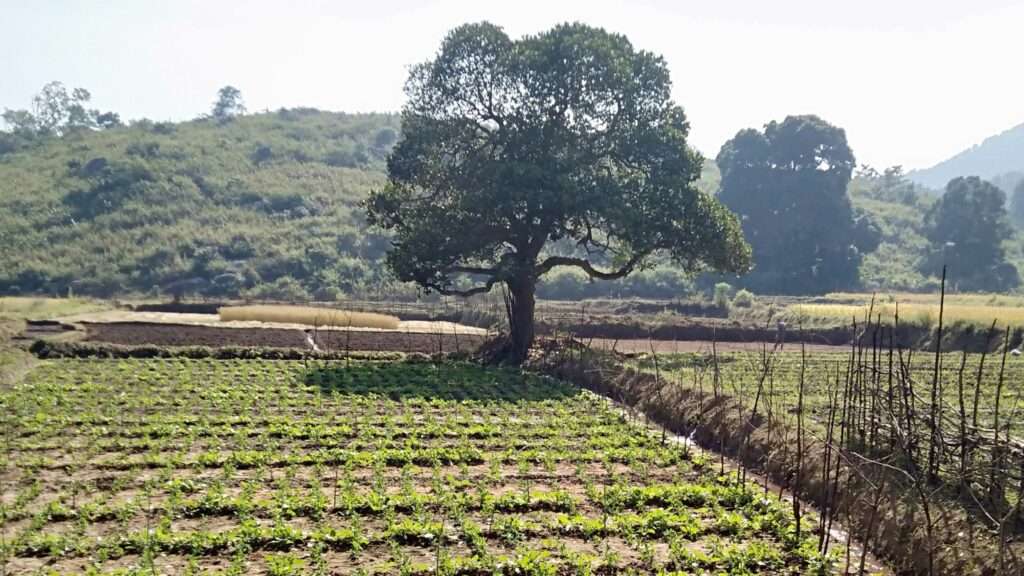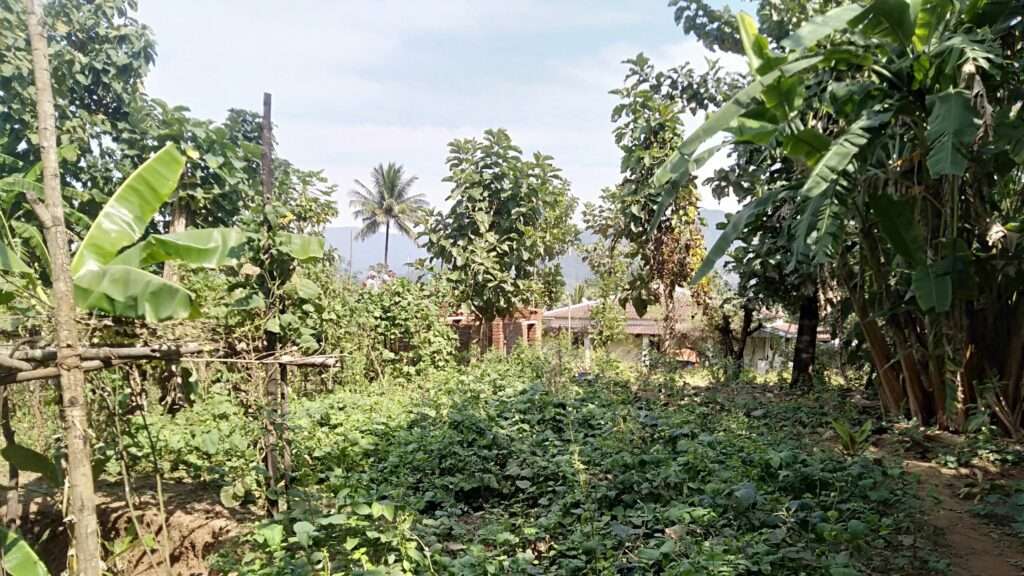Sustainable agriculture transformations are the need of the hour, especially in an era of climate change. Agriculture has the potential to support the local employment of youth, enhance farmers’ incomes, ensure nutritional security, especially in rural areas, and contribute significantly to the GDP. Policymakers and Government need to support and promote sustainable agriculture at various levels and as per the specific needs of individual farmers/ Farmers’ groups and Organizations.
State agricultural policies and action plan need to be designed and implemented with inputs from multi-stakeholders including farmers, farmer organizations, intellectuals, NGOs, social workers, research and extension professionals, agricultural universities, etc.
Table of Contents
A desirable entry point for both modern and pre-modern agricultural systems is clearly some designs that enhance both the private benefits for farmers and the public benefits through other multiple functions. Transitions in agriculture are often conceived of as requiring sudden shifts in both practices and values. But not all farmers are able or willing to take such a leap. However, everyone can take small steps, and small steps added together can bring about big transformations in the end.
Where do we start?

Drawing on the asset-based model and on empirical evidence from the field, a typology of nine possible improvements may be envisaged where adjustments toward sustainability can be made. The first batch of improvements involves those that positively affect natural capital in different ways (Types 1-4). The second two improve social and human capital (Types 5-6). And the third set involves improving financial returns to farmers and/or their access to finance and credit (Types 7-9).
1. Better Use of Locally Available Natural Resources
A wide variety of technologies and practices are available that farmers and communities can use to make better and more productive use of available natural resources – the basic notion being that for a variety of reasons, water, soils, and biodiversity have not been used most effectively in the past. Water harvesting, for example, involves the use of simple technologies to channel and harvest rainfall that was previously poorly used. Rational grazing better use potential pasture productivity, and irrigation scheduling ensures water is used most efficiently and equitably.
The options include water harvesting, soil, and water conservation – e.g., contour cropping, terraces, minimum tillage, grass strips; composting, livestock manures; irrigation scheduling and management; restoration of degraded or abandoned land; rotational grazing; habitat management for pest-predators; drainage systems and sub-soiling; raised beds or chinampas; bio-pesticides and bio-fungicides.
2. Intensify Microenvironments in Farm System (Gardens, Orchards, Ponds)
A different sort of improvement to the farm or livelihood system involves the intensification of a single sub-component of their farm, while leaving the rest alone, such as through double-dug beds, adding vegetables to rice bunds, or digging a fish pond. These technologies can significantly increase total food production for rural livelihoods, particularly of protein and vegetables. The beneficiaries are often children during ‘hungry’ seasons. The options include double-dug beds; vegetables on rice bunds; kitchen gardens, fishponds; gully cropping, and silt traps.
3. Diversify by Adding New Regenerative Components
The third type of improvement to natural capital involves the diversification of the whole agro-ecosystem through the addition of new regenerative components, such as legumes in cereal rotations, fish in rice, agroforestry, and livestock. These technologies can result in synergistic interactions – where one component of the system positively contributes to the success of other components. The options include legumes in cropping systems, including woodlots; natural enemy releases for pest control; habitat management for pest control, and enhancement of beneficial crops, e.g. hedgerows, beetle banks, flowering, and grass strips.
4. Better Use of Non-Renewable Inputs and External Technologies
Where external and non-renewable inputs are being used, then the system can be made more sustainable and effective by ensuring precise applications of inputs with little or no wastage or damage to natural or human capital. Such approaches are similarly combined with the introduction of regenerative alternatives, but not in every case.
The options include new seeds, precision farming; patch spraying, targeted inputs and slow release for pesticides and fertilizers; low dose (and non-toxic) sprays; veterinary services; pheromones, sterile males; resistant crop varieties and livestock breeds; machinery, hand tools, plows; new cash crops, including energy crops.
5. Social and Participatory Processes Leading to Group Action
These improvements focus on social and participatory processes that lead to social capital increases, so improving people’s capacity to work together on common resource management problems, forming groups for pest, irrigation, watershed, joint forest or credit management. The options include farmers’ research and experimentation groups; resource management and users’ groups (e.g., forest protection, fisheries, irrigation, watersheds); credit groups; horizontal partnerships between external sectoral agencies (e.g. government and NGOs; private and public).
6. Human Capital Building Through Continuous Learning Programmes
These improvements focus on building farmers’ knowledge and skills so as to improve analytical skills and capacities to innovate and control their farm systems. A major constraint in the transition towards more sustainable systems is the levels of human knowledge and skills needed for the management of more complex systems (it is much easier, for example, to spray a pesticide than it is to farm for beneficial insects). The options include farmer field schools for improving agroecological knowledge; leadership training; adult literacy classes; computer-based knowledge development; farmer-to-farmer extension; farmer experimentation programs.
7. Access to Affordable Finance (Credit, Grants, Subsidies)
Improving access to finance is a vital way to help farm families develop more sustainable systems of management. This may be in the form of affordable and accessible credit (e.g. through micro-finance institutions and social organizations, particularly women), or through families accessing new sources of external finance (grants and subsidies, or from tourists and visitors). The components include access to affordable credit; access to government grants and subsidies; increased returns on sales of produce; attract new sources of money for natural capital (e.g. ecotourism, hunting of wildlife; carbon credits for sequestration).
8. Added Value Through Processing to Reduce Losses and Increase Returns
A variety of options are available to increase the returns to families from their production, either by reducing losses to pests (better storage and treatment) and inefficient processes (e.g. fuel saving stoves); or by adding value before sale or use (conversion of primary products through processing). The options include post-harvest technologies; processing primary produce before the sale (e.g. dried fruit, chutney, oil press, sawmills); labeling produce for traceability and transparency (location or eco-labels); fuel-efficient stoves.
9. Adding Value Through Direct or Organized Marketing to Consumers
Finally, farm families can add value to their products through better marketing. This may involve improvements to physical infrastructure (e.g., roads, transport); or through direct marketing and sales to consumers (thus cutting out wholesalers and ‘middlemen’). The options include rural roads and infrastructure; farmers’ markets, box schemes, farm shops and direct mailing and community-supported agriculture; producer groups for collective marketing; ethical trading schemes to ensure value reaches rural communities and livelihoods.
Fig. Entry points for sustainable agriculture improvements leading to more sustainable livelihoods
Improving Cropping Systems

An ideal cropping system should take into account:
- Soil and water conservation
- Effects on Soil fertility
- Diversity of crops
- Food security
- High-yielding traditional varieties of crops
- Optimizing the yield
- Market opportunities
- Plant interactions
- Ecosystem impacts
Farmers are the best economists. They are aware of their own socio-economic conditions and resource status. Accordingly, they plan their agricultural operations. However, if they are able to manage the basic agri-inputs like quality seeds, manure, agricultural finance/credit and water for irrigation, intercultural operations, and labour, etc., a major part of their requirements is fulfilled (80%).
A certain percentage of risk (20%) however hovers during and after the crop cultivation and harvest. These may be due to high pest infestation, human-animal conflict, extreme weather variabilities like high-intensity short-duration rainfall, high variations in diurnal temperatures, hail storms, and other natural and man-made disasters, etc. Back-up measures to address these risks need to be well-planned and supported by the Government and other developmental actors.
Also read:



Excellent article